9 Challenges of Life in the IM Group
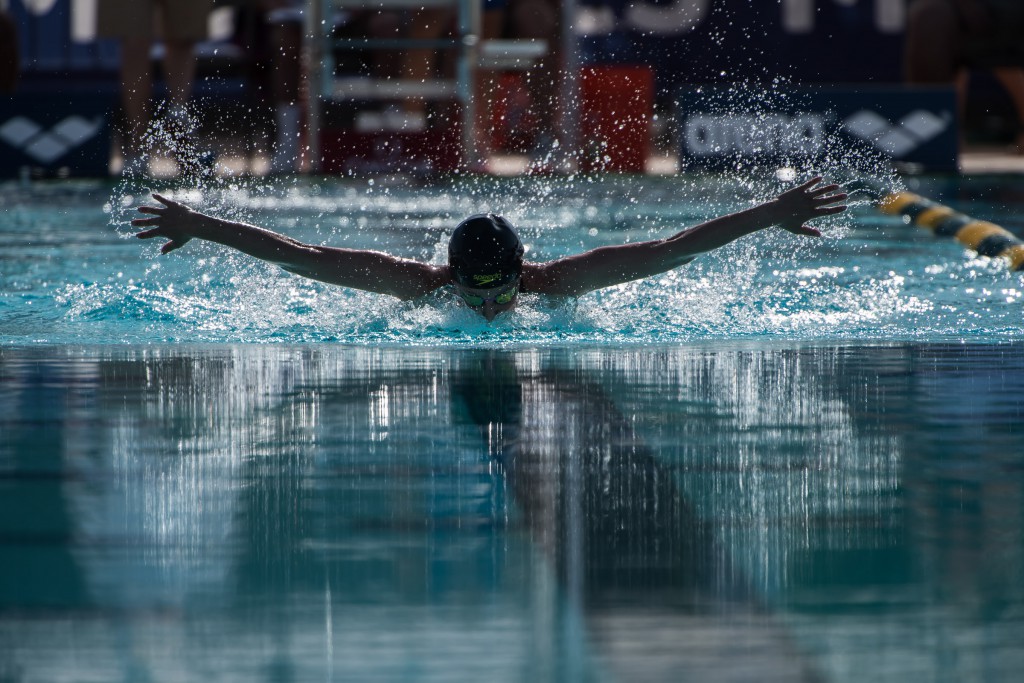
By Kennedy Cutler, Swimming World College Intern
I was recently taught that all swimmers, no matter their stroke or distance, have practices that are less than appealing. Whether you’re distance, sprint, stroke, or IM group, your teammates in other groups are working just as hard. Even if their set appears to be much easier, chances are it’s just as challenging to them as yours is to you. It’s something that I wish I had been told sooner, even if I knew it to be true in the back of my mind.
What follows are some challenges that those in IM group are familiar with, but are not necessarily exclusive to only those who are members of IM group. After all, team bonding is at it’s finest when coach puts an IM set up on the board for the entire team to complete.
1. 200 IM repeats.
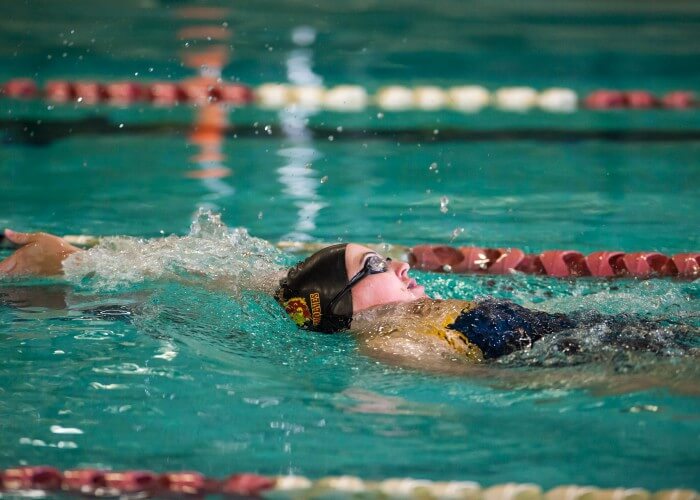
Photo Courtesy: Greg Smith
Depending on the interval, these aren’t always that bad. Sometimes, even when you have to sprint all of them, they’re actually really nice if you have the right amount of rest.
2. 400 IMs for time.
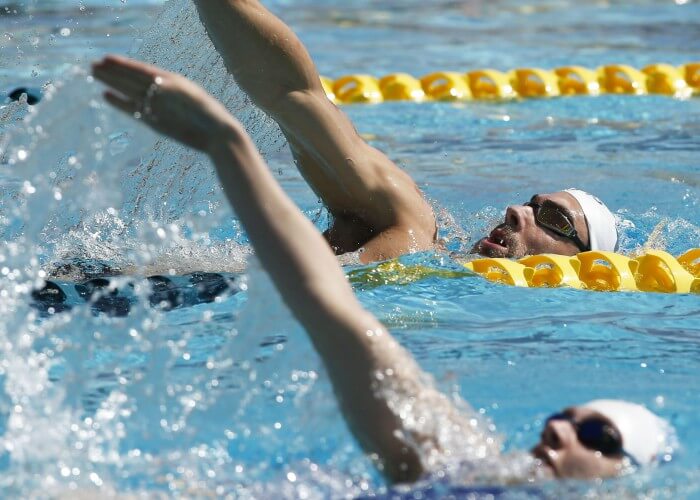
Photo Courtesy: Arizona Republic-USA TODAY Sports
These are never fun, especially when you have to do more than one in a single practice…and when they are one after another.
3. Not being able to excuse any of your strokes.
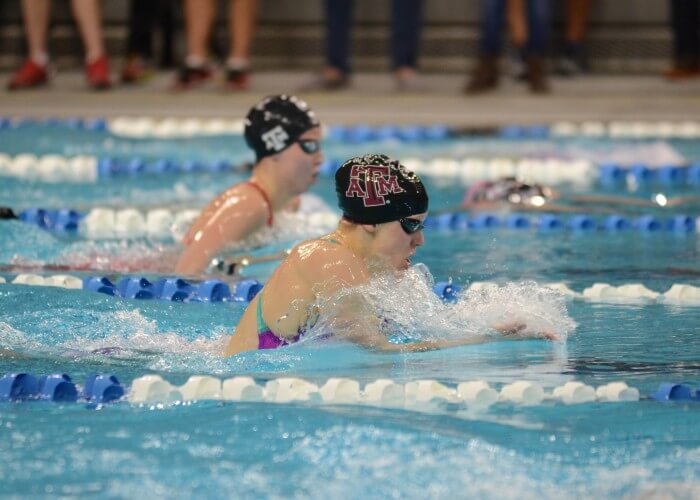
Photo Courtesy: Brendan Maloney-USA TODAY Sports
You can’t get away with not doing breaststroke if you want to succeed as an IMer. As they say, practice makes perfect.
4. Breaststroke for backstrokers.
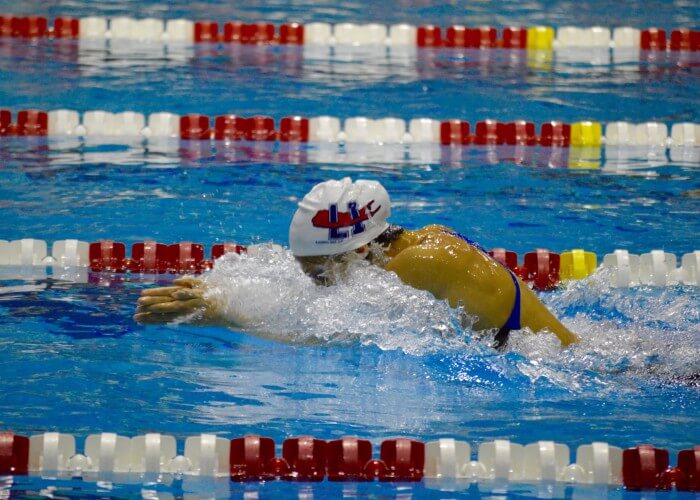
Photo Courtesy: Grace Schwiederek
This usually applies less to IMers and more to backstrokers in general, but it occasionally carries over. There’s some truth to long-axis (backstroke and freestyle) swimmers typically not being too great at the short-axis strokes (breaststroke and butterfly). The same is sometimes true in reverse (backstroke being a challenge for breaststrokers).
5. Training 100 IMs.
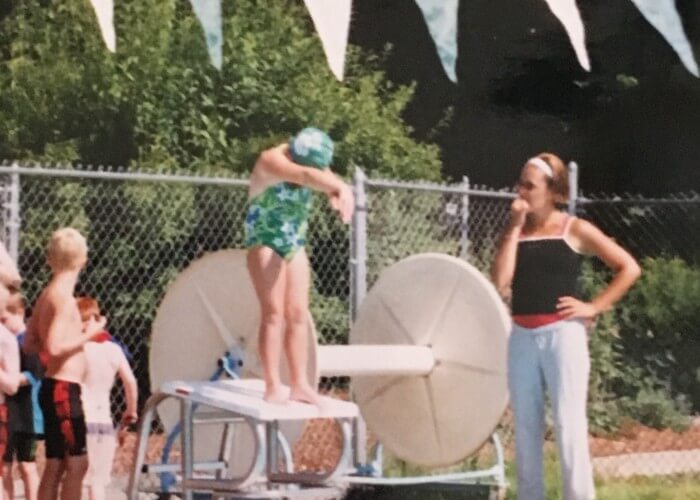
Photo Courtesy: Alison Murtagh
This is the most upsetting when you get to college, because it’s not considered an event anymore. Except for once or twice a year at meets that don’t really matter anyways.
6. Long course.
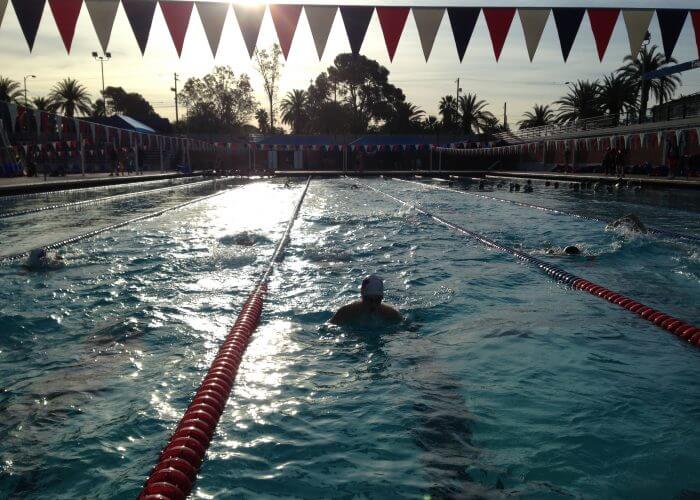
Photo Courtesy: Annie Grevers
The pool just feels too long to many of us who spend most of the year training short course– 400 IMers especially. Well, it feels long to everyone except 50 freestylers.
7. Being faster than your lane mate at one stroke, but slower in another.
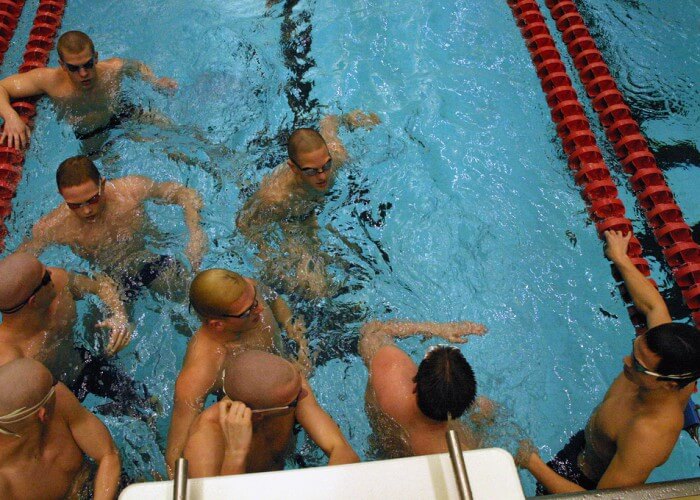
Photo Courtesy: Jason Walley
Deciding who’s going ahead of who is always a challenge during IM sets. One fifty, you’re in the clear, and the next your teammate is tapping on your toes persistently. Of course, you could let them go ahead, but then you’ll be hitting their feet on the next fifty.
8. Learning back-to-breast turns.
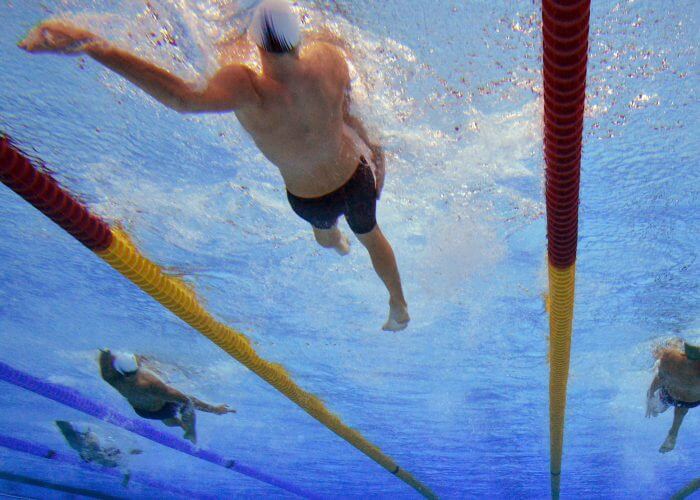
Photo Courtesy: Leo Mason – USA Today Sports
9. Taking out the first half of the race and fading the back half.
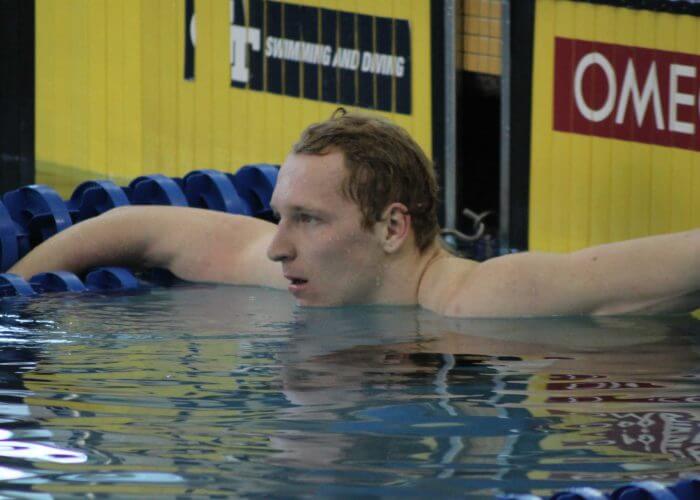
Photo Courtesy: Andy Ringgold / Aringo Photos
Distance swimmers can definitely relate to this one. When you’re someone who runs on adrenaline for the first fifty of an IM, you forget that fly takes up a lot of energy. If you don’t pace yourself, you’ll likely find yourself fading by the time you get to the breaststroke leg.



